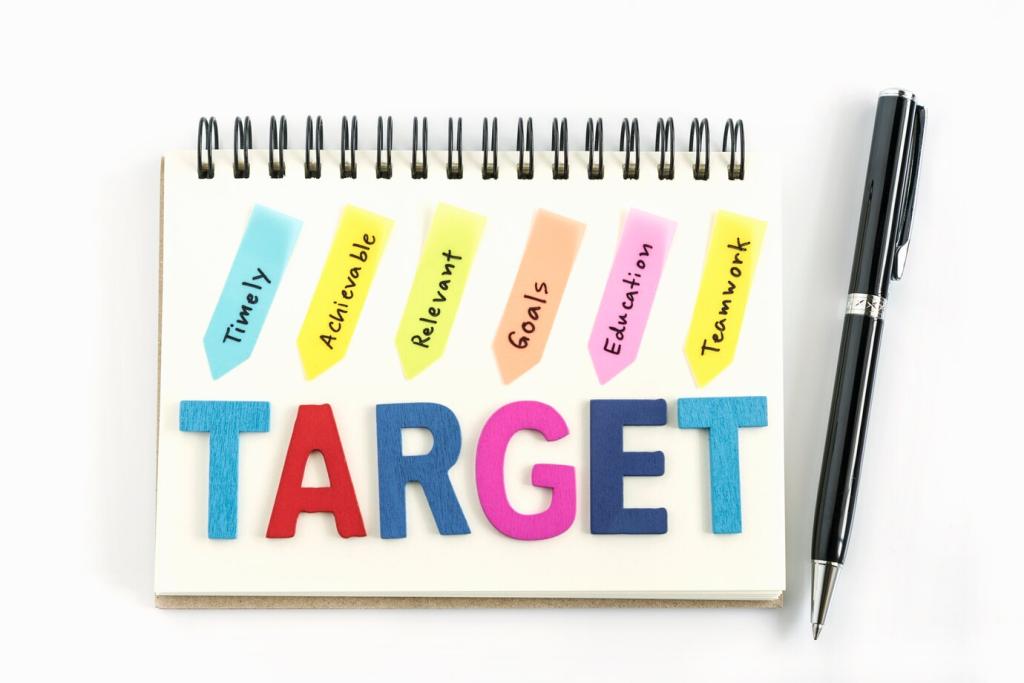Build a Messaging Architecture That Scales
Aim for a line that blends emotion and evidence, like “Built for Naps and Next Generations.” We A/B tested this against a technical line and saw more clicks and longer dwell time. Ask readers: which version would make you explore a product page?
Build a Messaging Architecture That Scales
Pick three pillars—Safe Air, Lasting Craft, Circular Care—then support each with measurable proof and a short human translation. Example: “0.1 g/L VOCs” becomes “new-furniture smell without the headache.” Invite subscribers to share their pillars for constructive feedback.




